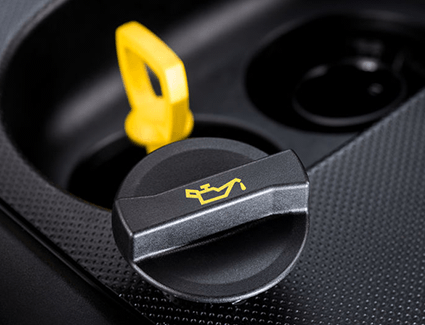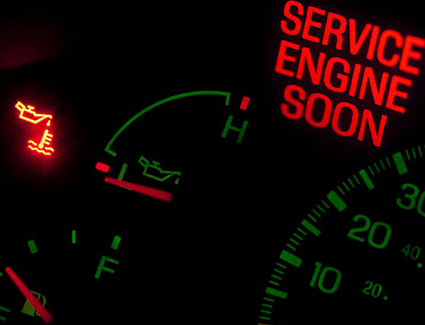

One of the biggest advancements in the auto-maintenance industry has been the improvement of Oil Life Monitors and how accurate they've become to the help of drivers. But how do such oil monitoring systems work and should you trust them? Below, we lay out four key facts about Oil Life Monitors and what they can and can't do that every driver should know, right here.

4. What Is An Oil Life Monitor?
First, let's begin with the basics: what is an Oil Life Monitor? What does it do? Essentially, an Oil Life Monitor is meant to give drivers a more accurate reflection of their car's oil health and a better estimate for how often they should be getting an oil change. For seemingly ever, the hard-and-fast rule of oil changes was every 3,000 miles or three months. No exceptions. But a lot has changed since that rule was the standard, which is where the Oil Life Monitor comes in to give drivers a specialized answer to the oil change question.
3. What Does An Oil Life Monitor Calculate?
Now, a common misconception of an Oil Life Monitor is that it gauges and tracks the physical or chemical properties of the oil inside your car. This is not true. Instead, an Oil Life Monitor works more like an algorithm: gathering data on things like driving habits, engine revolutions, temperature, and drivetrain, to name a few. With this data, typical Oil Life Monitors use a mathematical algorithm to try and give drivers a more accurate timeframe and mileage range for when their oil will be degraded and let them know when it's time for a change. For example, a driver of a car in a big city in say, Southern California, will experience a different rate of oil degradation than a truck driver in a more open part of the country like Oregon. The modern Oil Life Monitor takes these things and more into consideration before offering a recommendation for an oil change.

2. Can I Trust My Oil Life Monitor?
So, now you know what an Oil Life Monitor is and what it does, but can you really trust it with the health of your car? The short answer is yes. When Oil Life Monitors first came out decades ago, they were mostly scoffed off by mechanics and car experts, but advancements in technology in Oil Life Monitors and modern synthetic oil has mostly put an end to the every 3,000 miles or every three years idea. Now, if you want to be extra careful with your vehicle's oil, we won't stop you from replacing it before you need to, but if you want to save money the Oil Life Monitor in GM vehicles is a trusted source.

1. Should I Trust My Oil Life Monitor Or The Owner's Manual?
Drivers regularly run into the problem with their Oil Life Monitor and owner's manual in that they contrast in how often they recommend drivers should change their oil. In general, it's a good idea to trust the owner's manual, but keep in mind that most of those recommendations are meant to be a guideline for all drivers, not any individual one. The Oil Life Monitor, however, is catered to your specific environment and driving habits. If you're unsure, consult with a trusted mechanic and see what they say about how healthy your vehicle's oil is.
Contact
2855 Maple Ave Ne
2855 Maple Ave Ne
Salem, OR 97301
- Contact: (503) 877-2943

